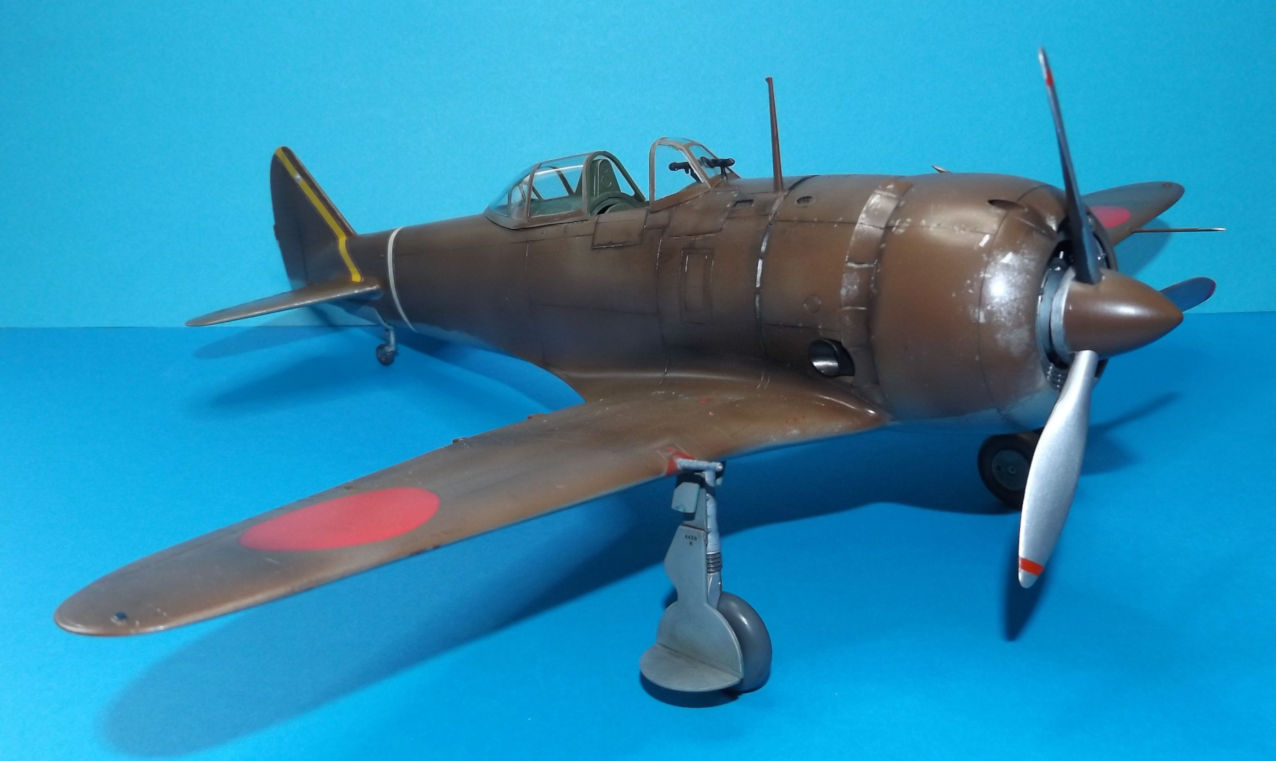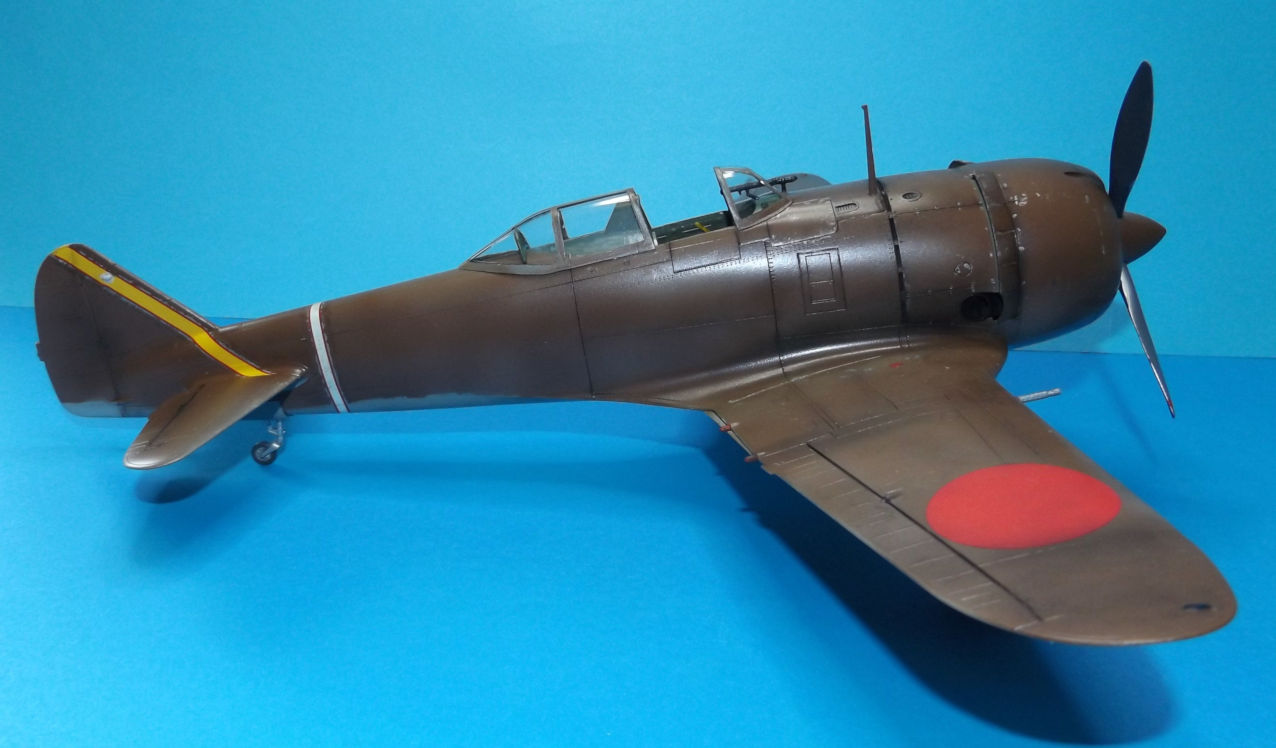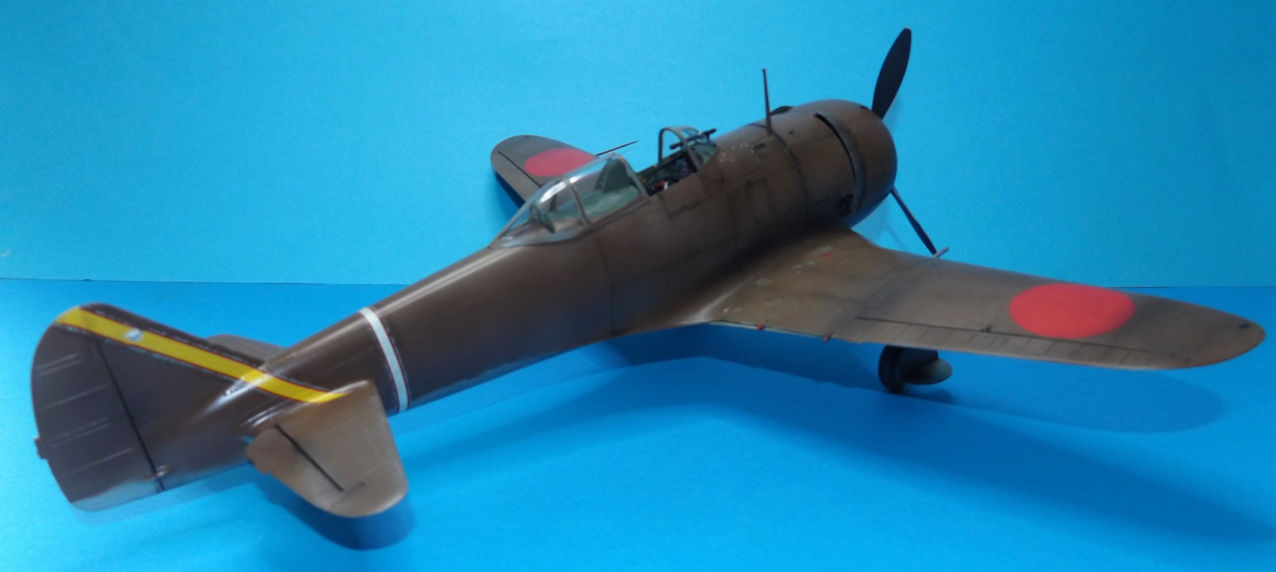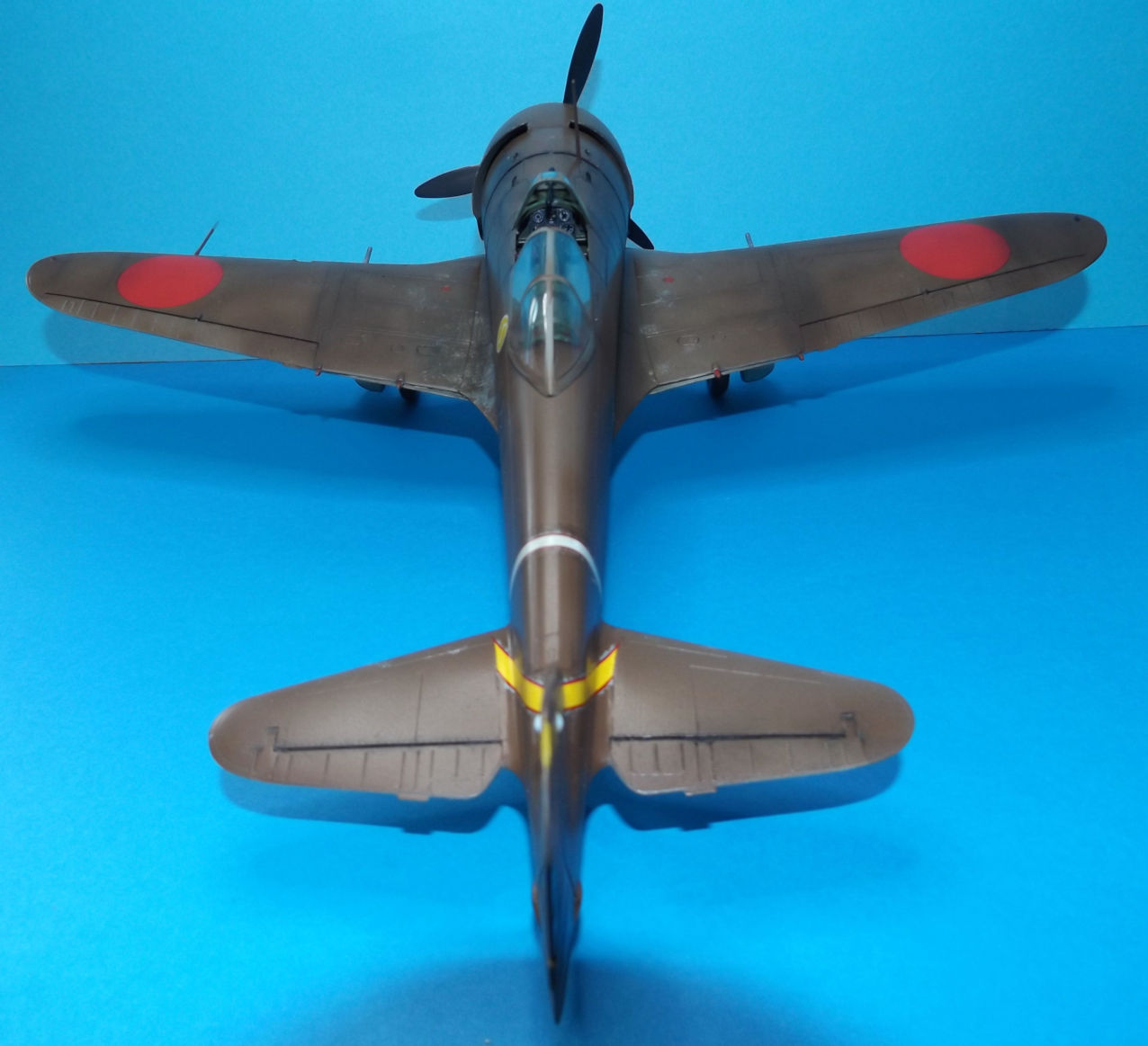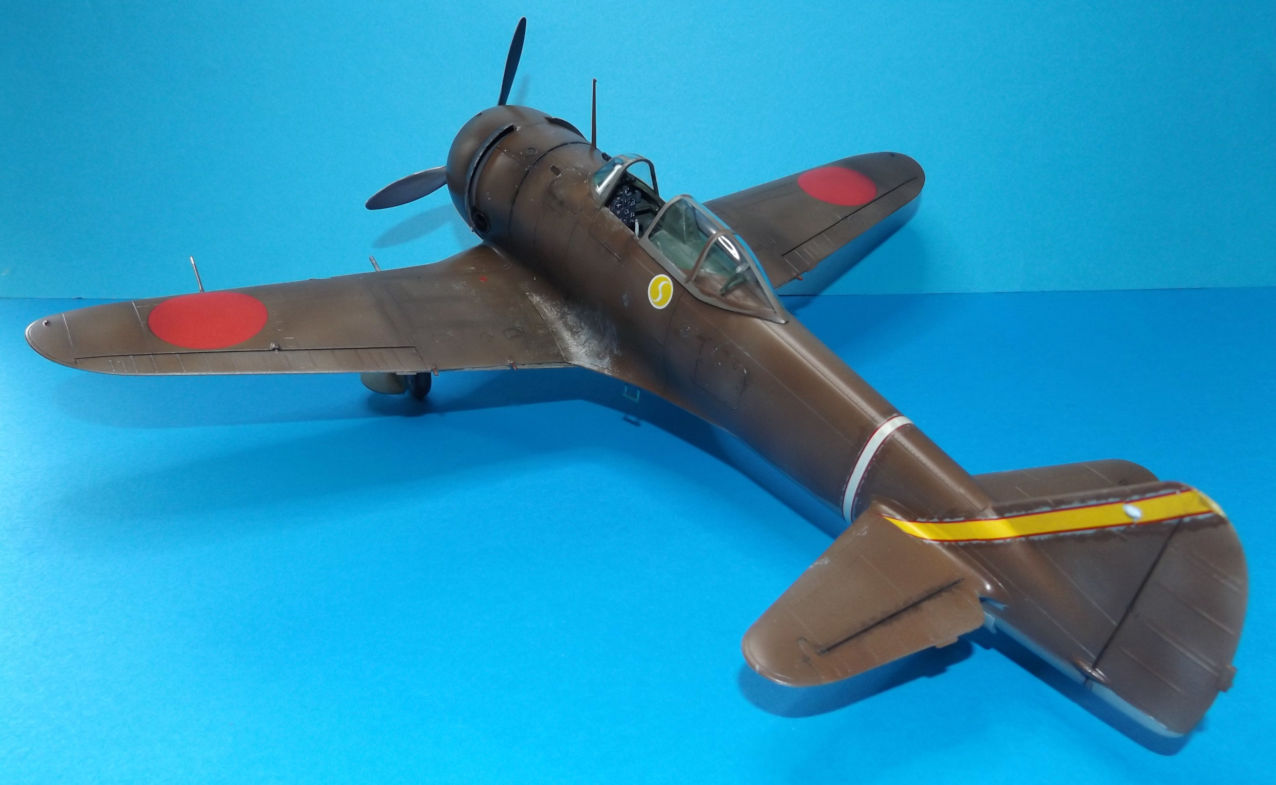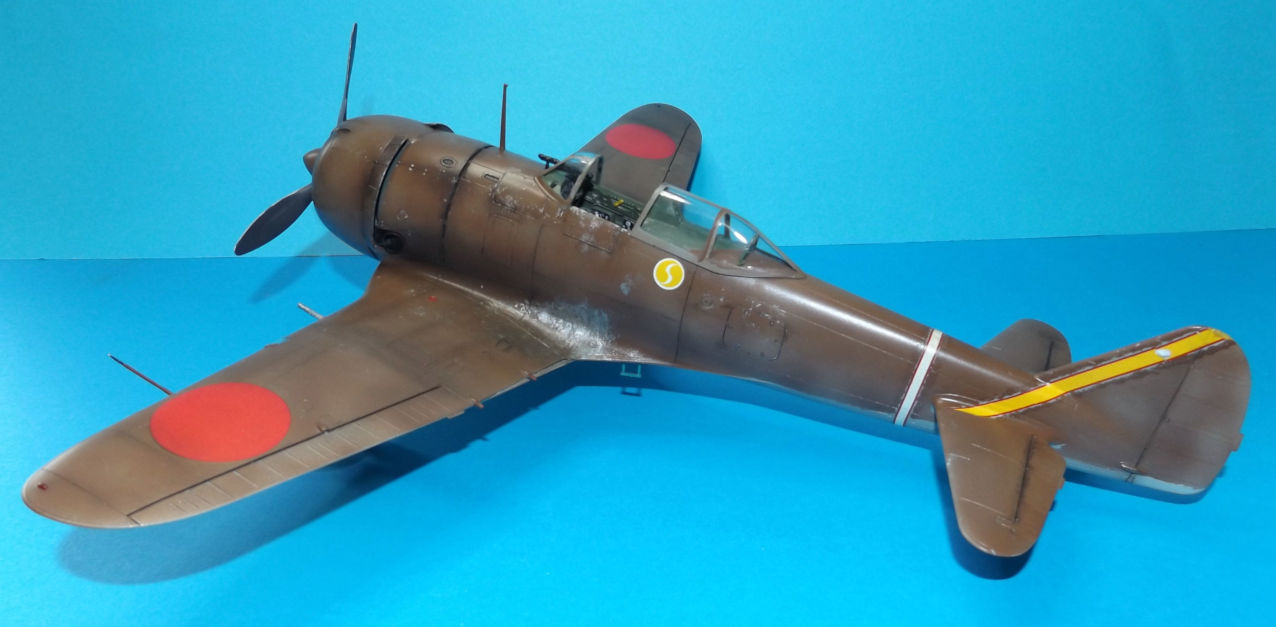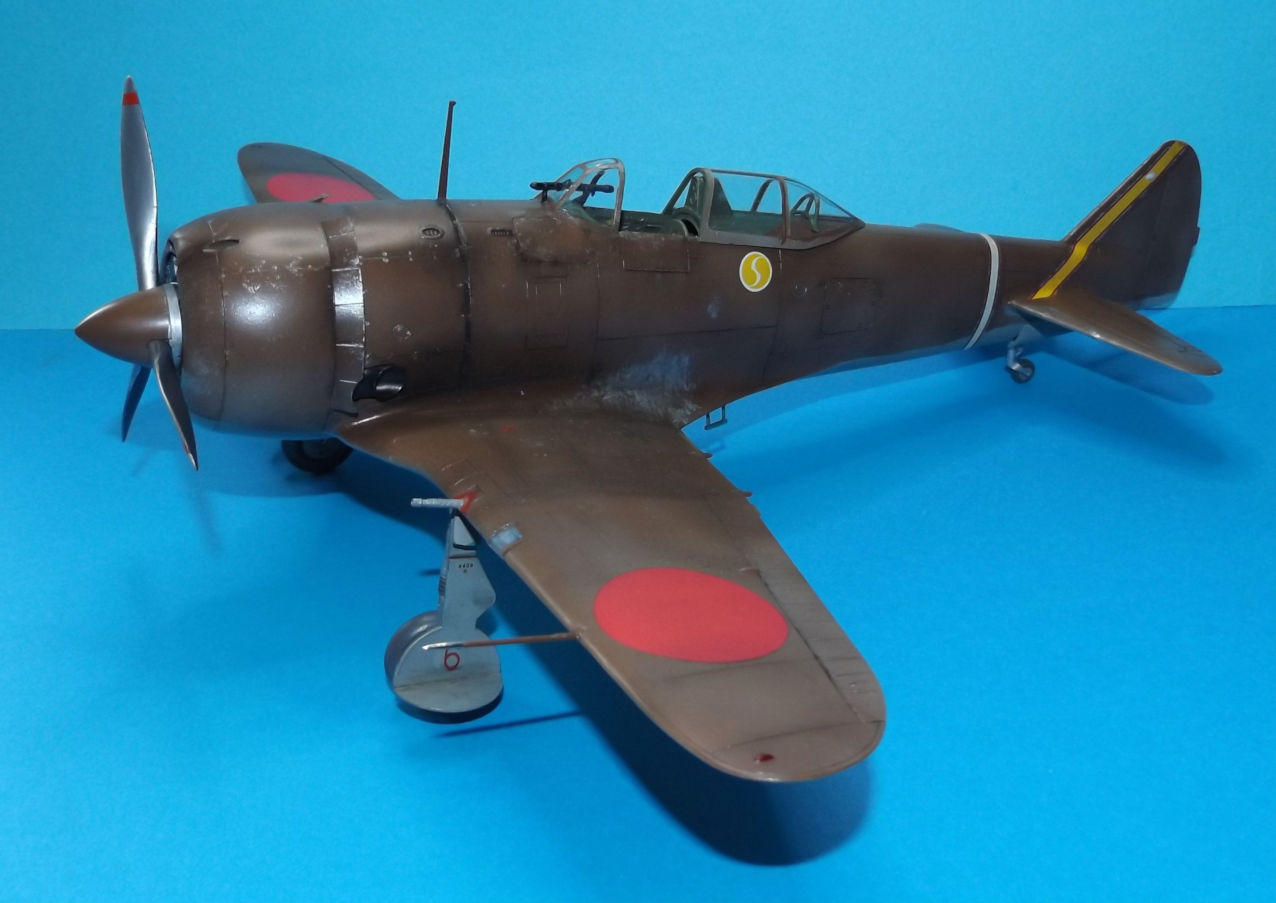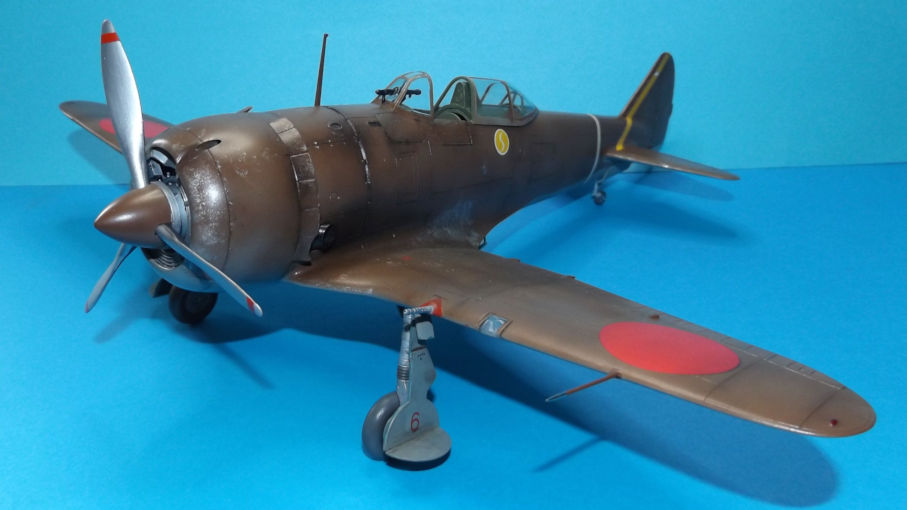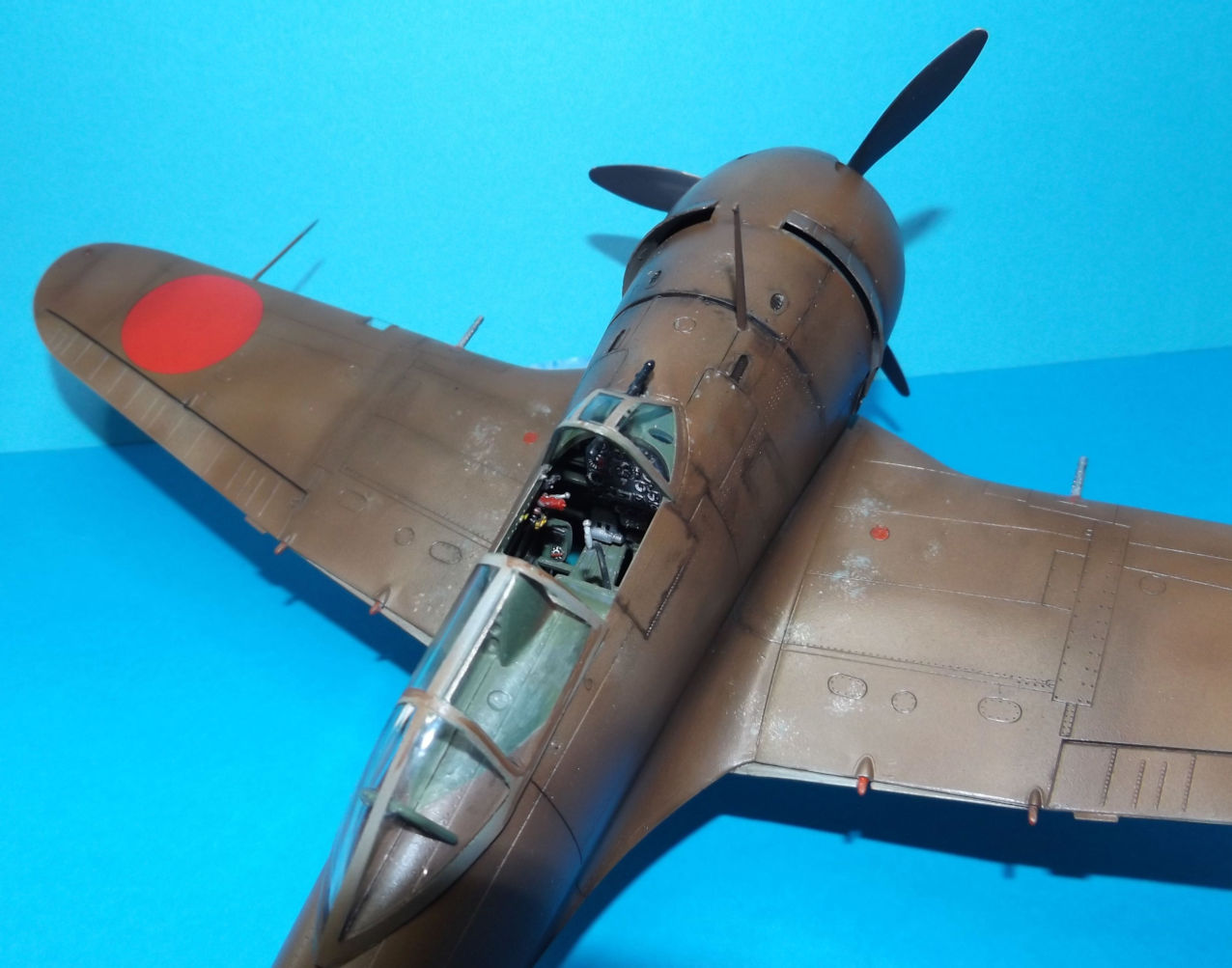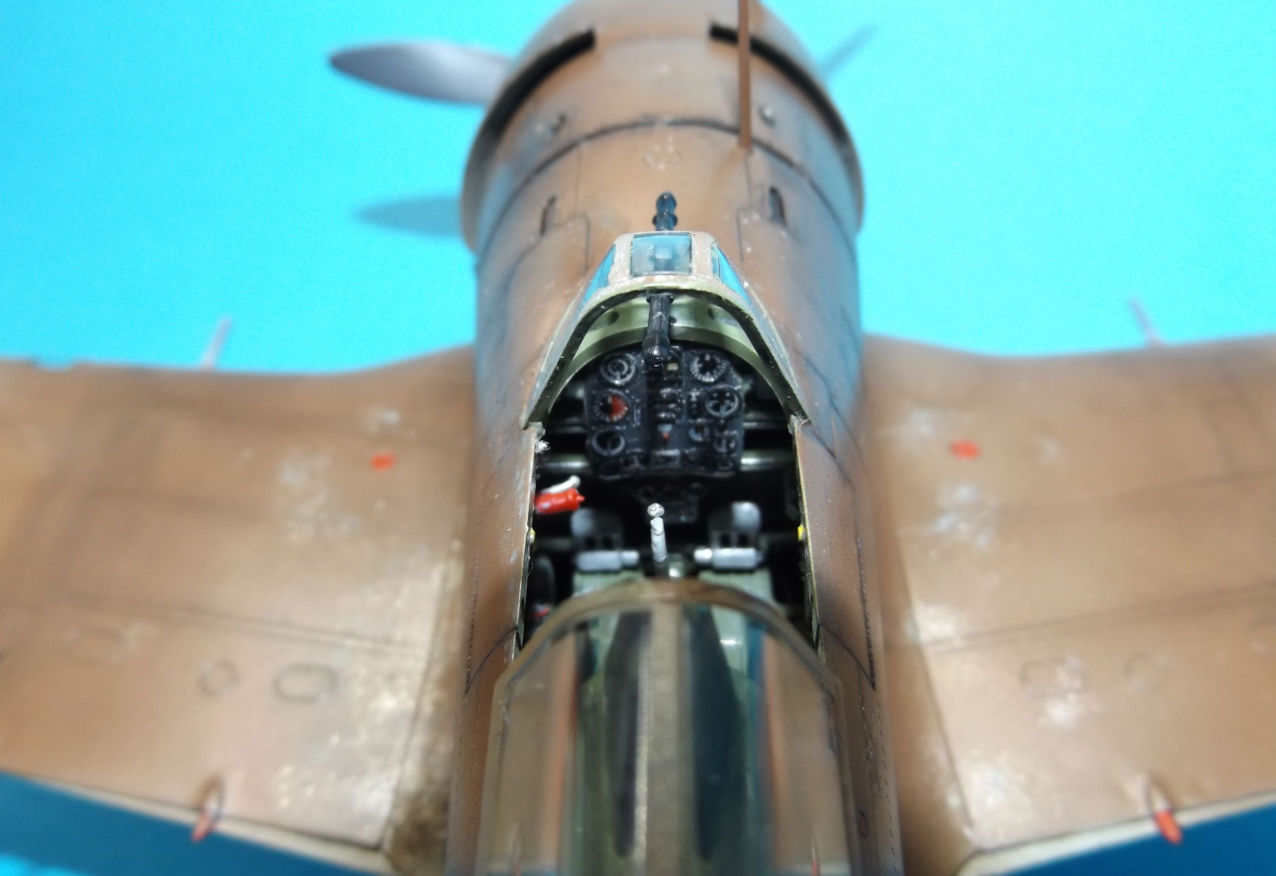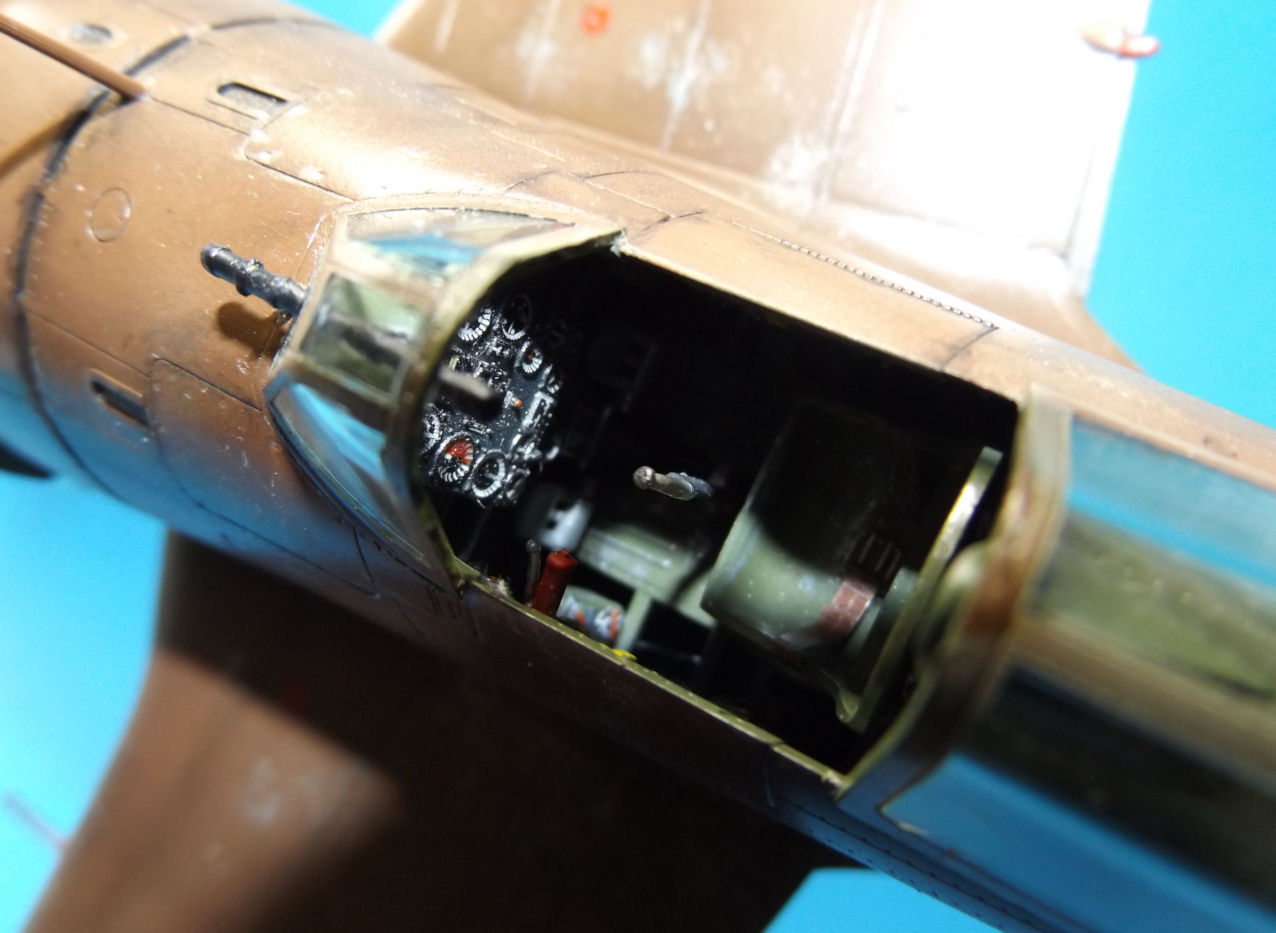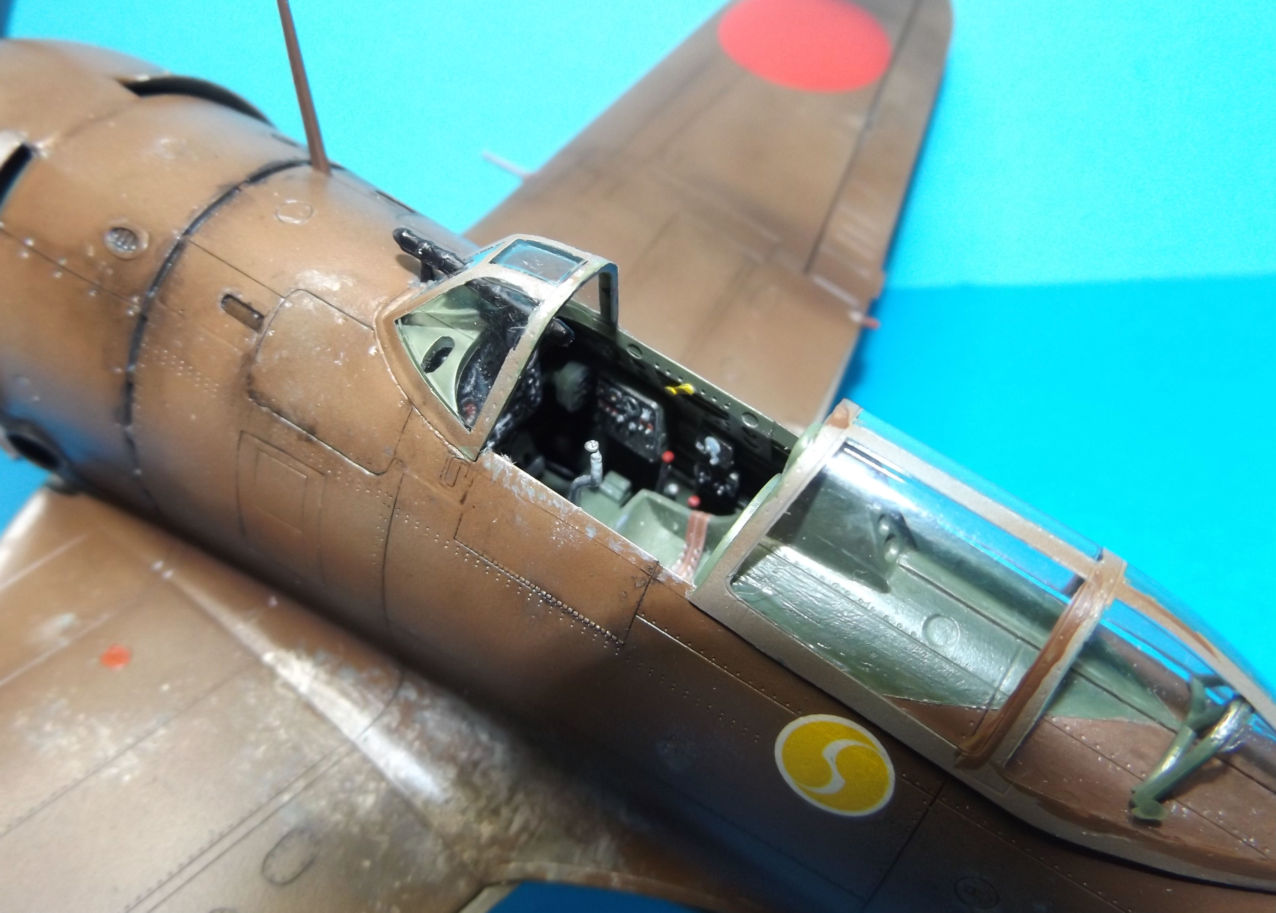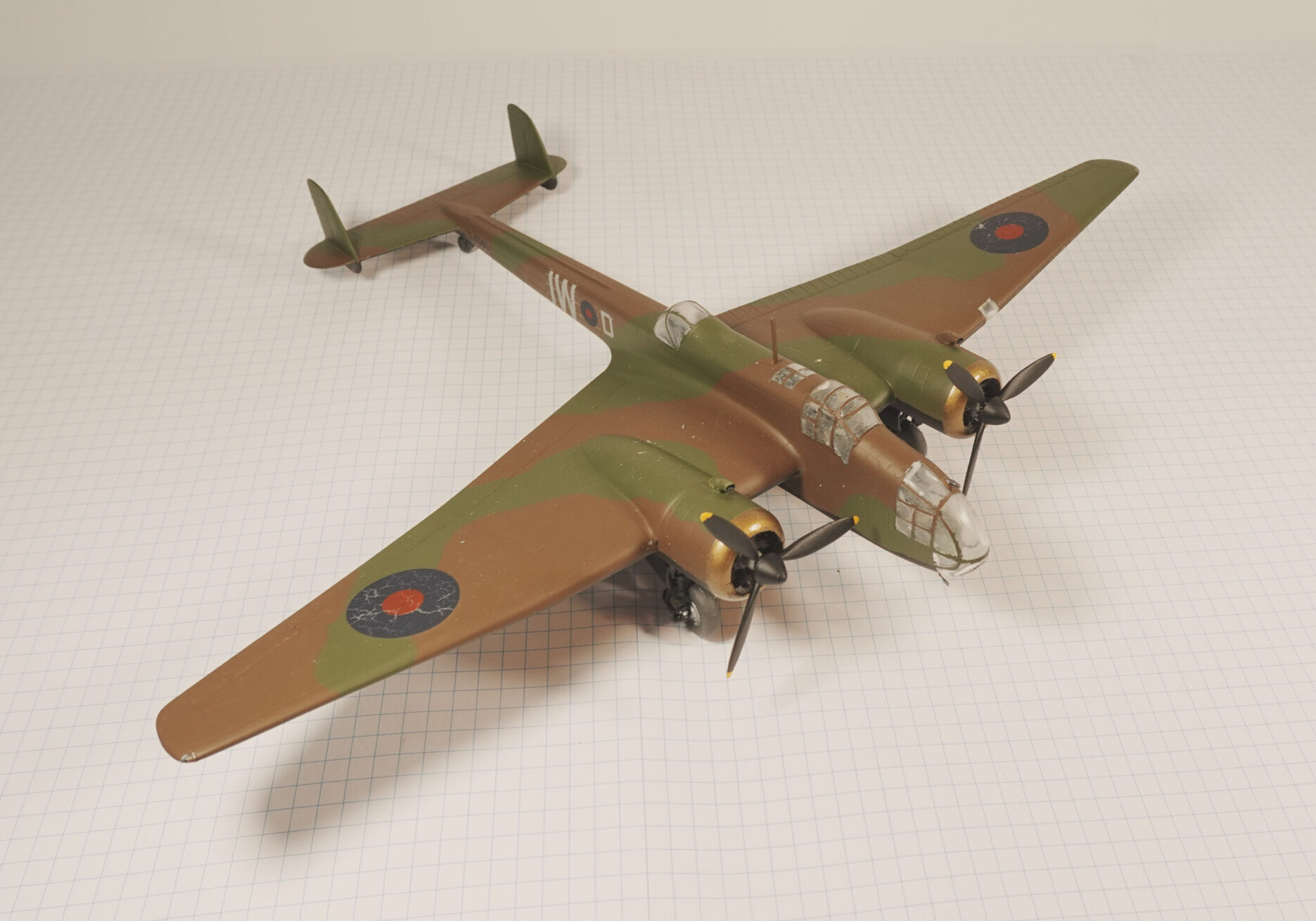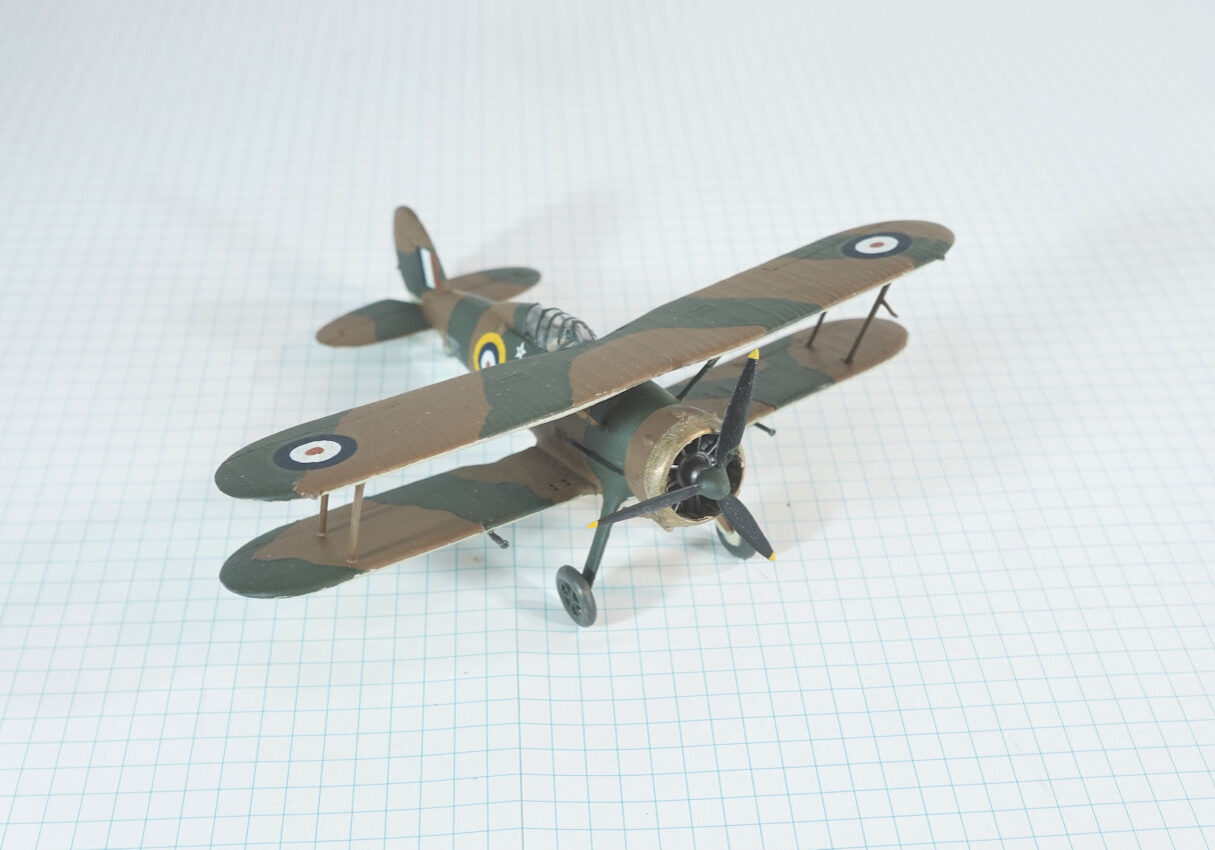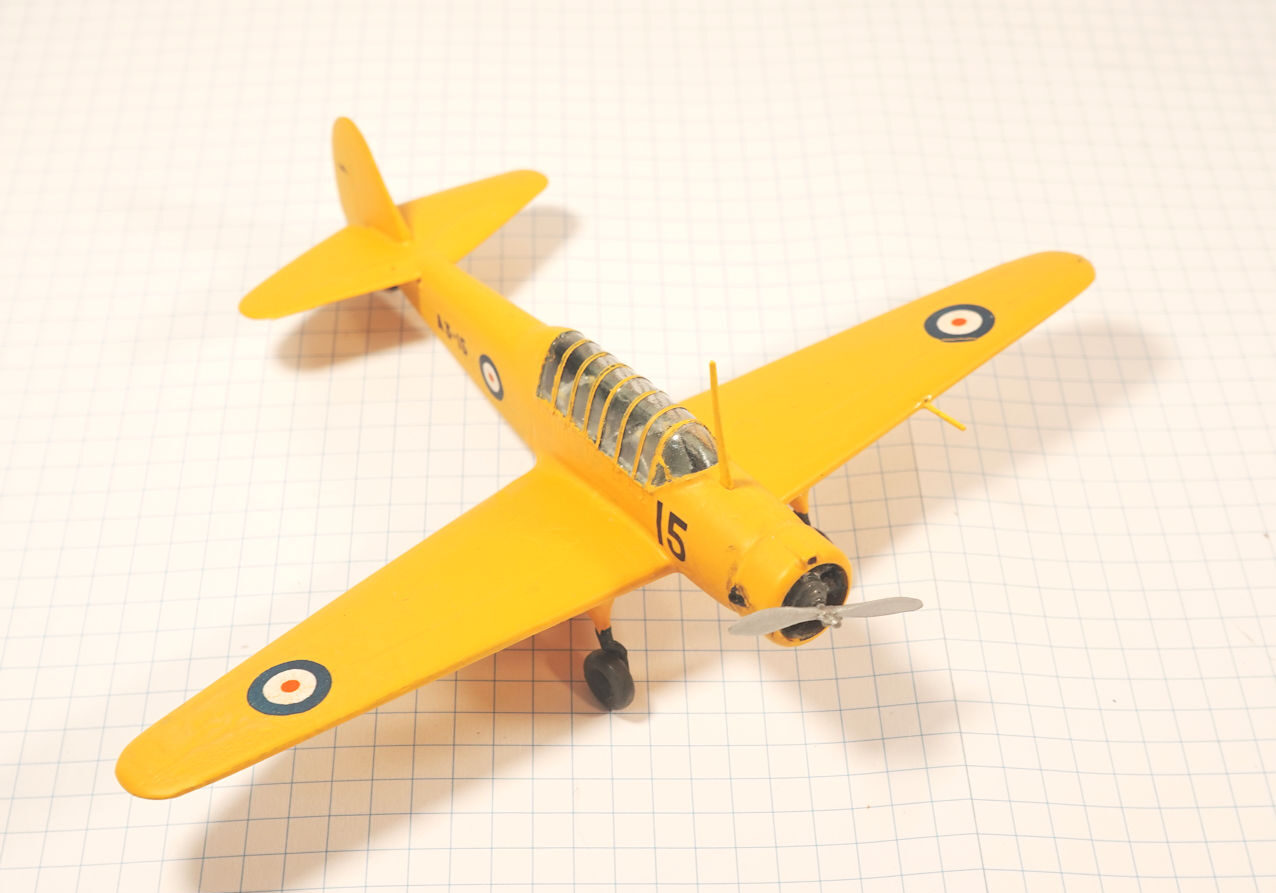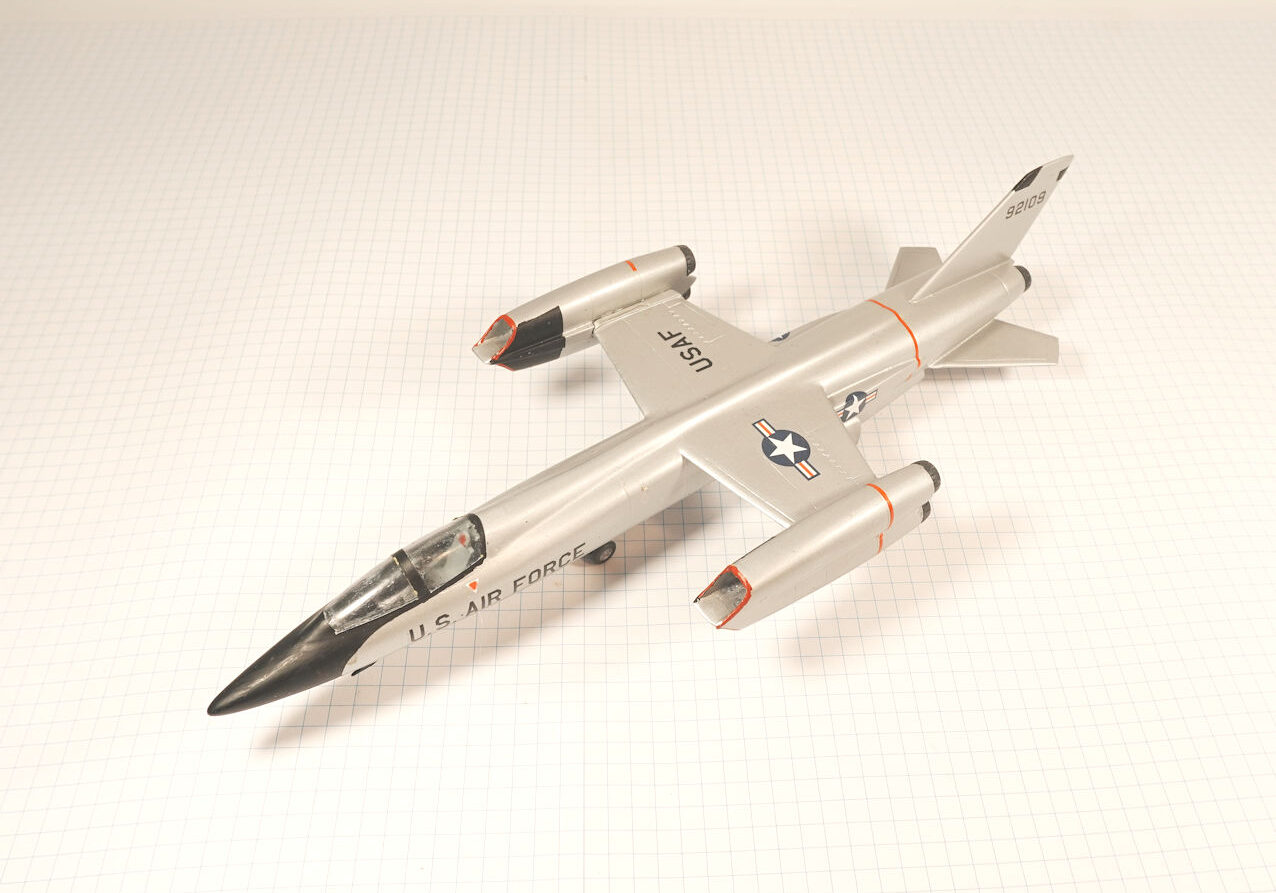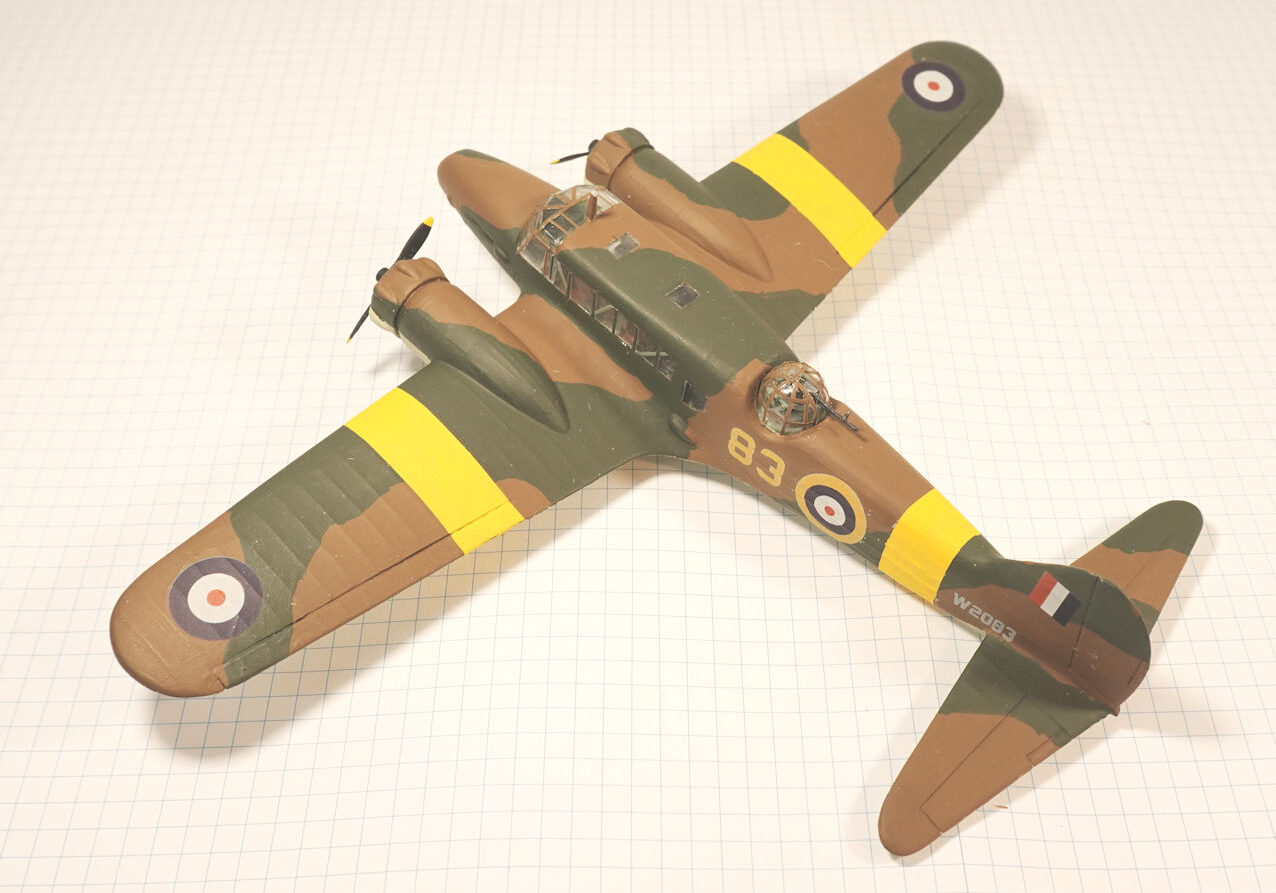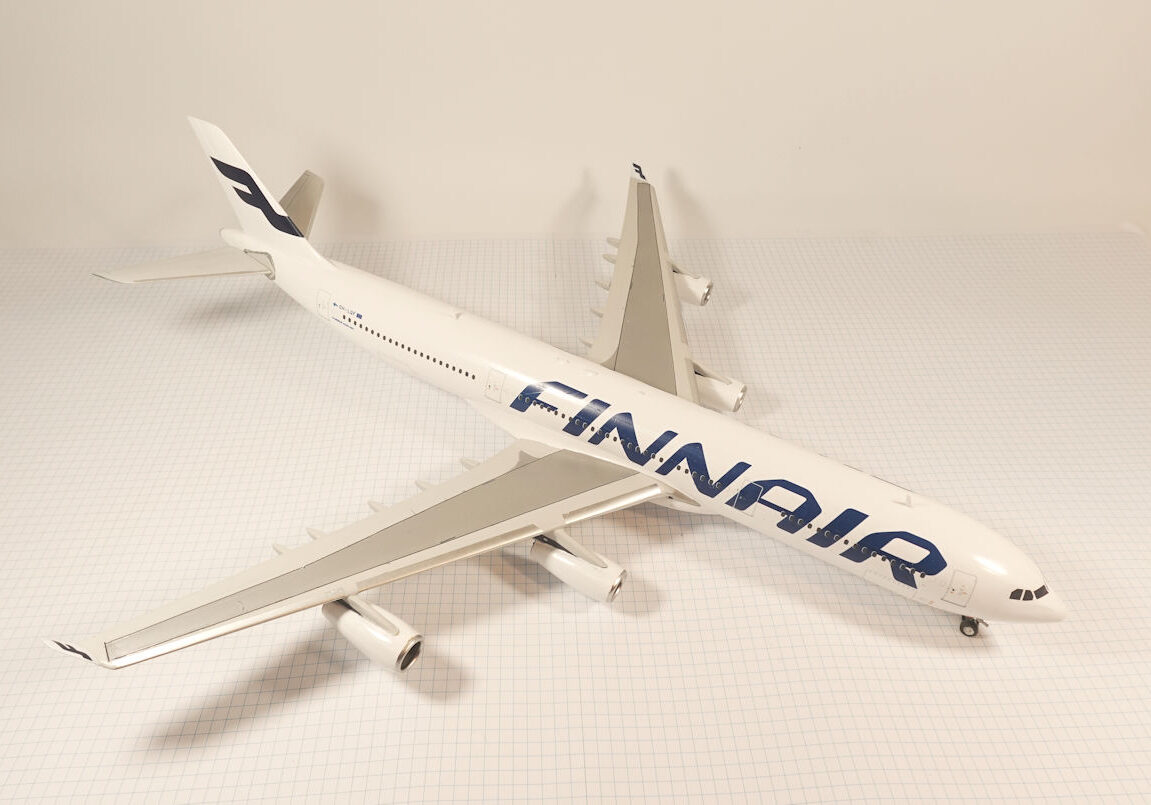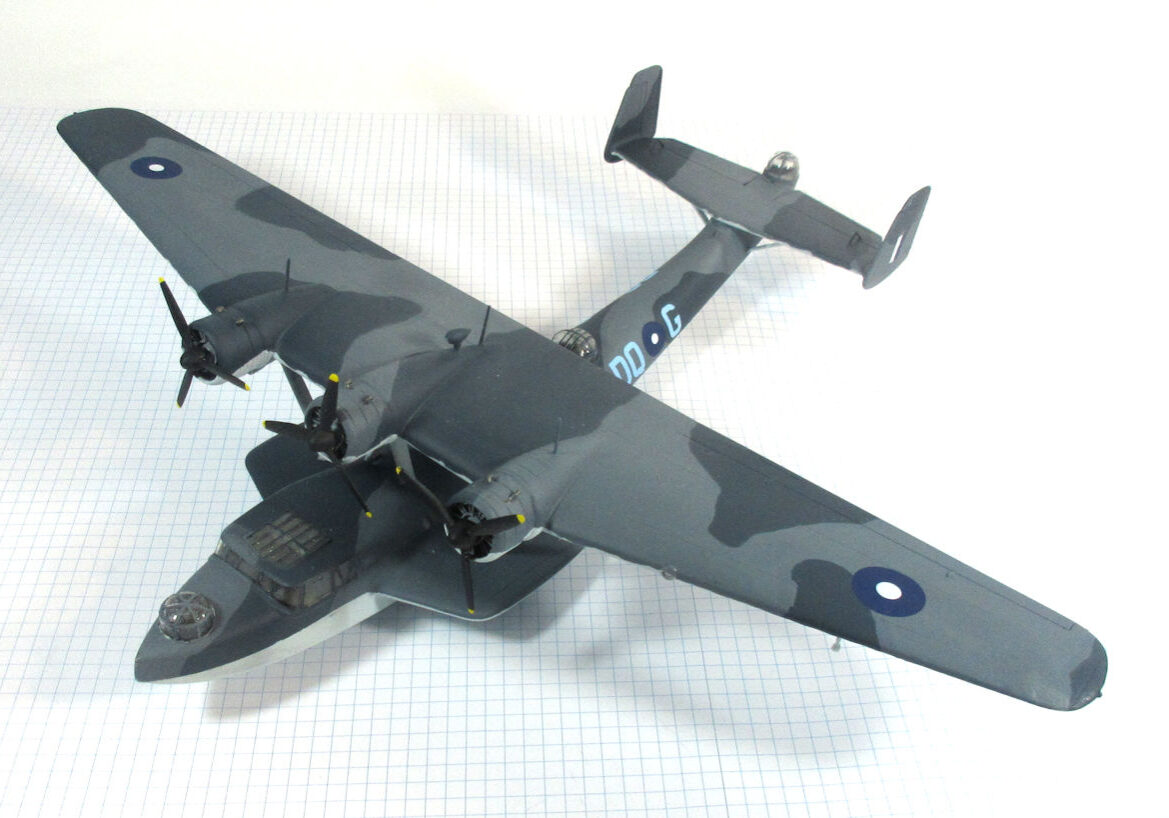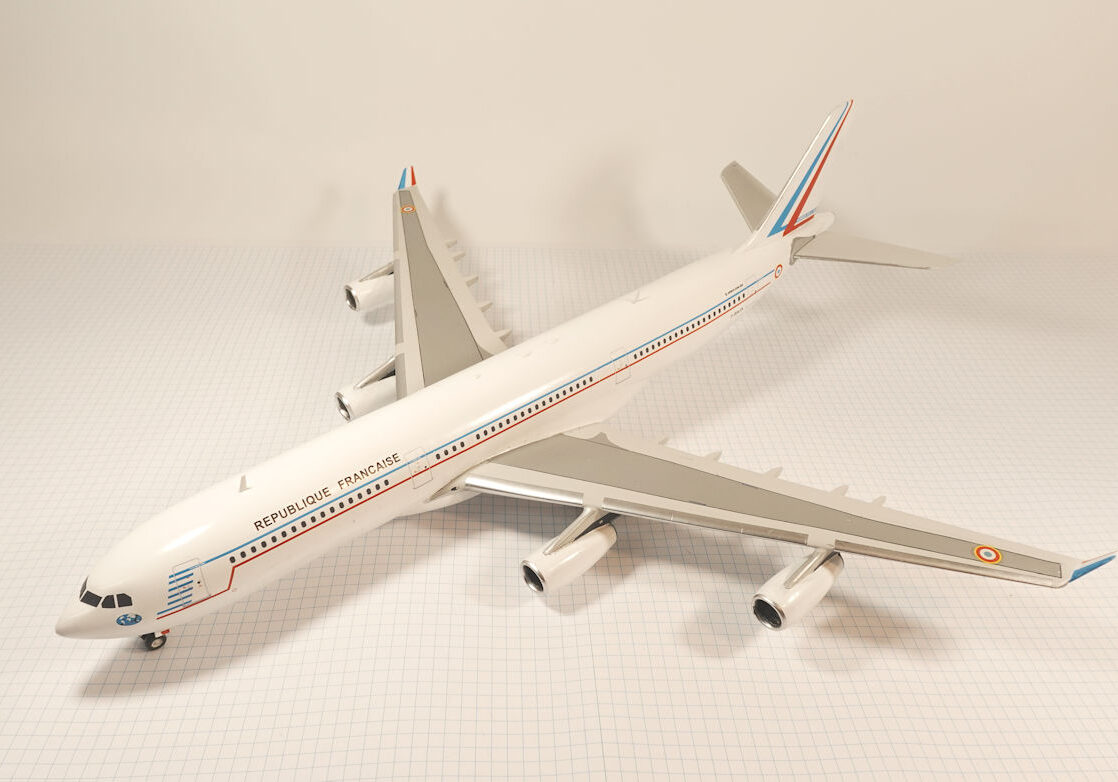History
The Nakajima Ki-44 was unusual for Japanese fighters at the beginning of World War II. Unlike earlier fighters which were designed for manoeuverability it was designed for speed and climb, making it as good interceptor.
Unlike earlier Japanese fighters the Nakajima Ki-44 was designed to give preference to speed and rate-of-climb over manoeuverability which made it a good defensive interceptor.
The prototype first flew in August 1940, they began entering service in September 1941 and nine aircraft were flown by an experimental unit, 47th Chutai, in the defence of Saigon in December 1941.
At one point they equipped 12 sentai of the Imperial Japanese Army Air Force.
During the early part of the war they were stationed in Sumatra, China, Burma, the Philippines and Korea and later they saw action in the air defence of the Japanese home islands.
This model represents the sixth of an initial batch of ten prototype Ki-44s sent for combat trials in South East Asia from December 1941 to February 1942. It was flown by Captain Susumu Jinbo of the 47th Chutai at Saigon in early 1942.
Hasegawa 1/32 special edition kit with kit decals. It has Eduard IJA seat belts, MiG’s Red Fox cockpit detail set and lead wire for brake lines and cockpit wiring. Painted in AK Real Colours and SMS lacquers; Metallic Silver, Nakajima Interior green, Hai-Iro Grey and Hairyokushoku (Grey Green) base top coat initially, Cha Kasshoku (Tea Colour) top coat thin overlay over the base Grey with clear gloss and flat coats. Completed by Wayne in 2022.
